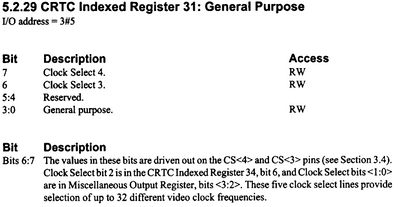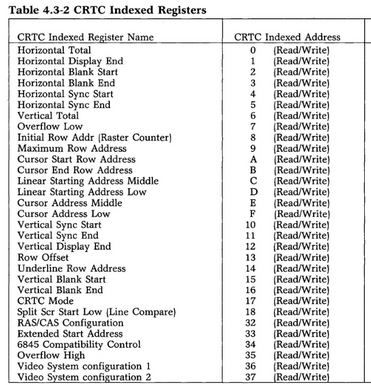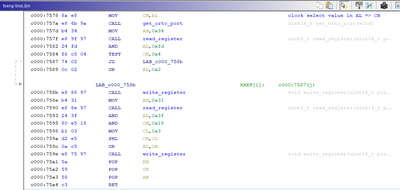First post, by mxmxmx2
Spurred by another forum, I looked at an ET4000-based ISA graphics card (unbranded, PN 9201 Rev A) with one particular oddity: Pin 12 of the ET4000 (TC6100AF, in its usual 144-pin package) was connected to a clock selection pin on the clock generator IC.
According to the publicly available data book for the ET4000, this pin supposedly is DTEAL; an "output enable" signal for the video RAM.
But it makes no sense to switch the main/pixel clock of the card depending on RAM access. It would make more sense if this pin were another clock-select output of the ET4000, like the adjacent pin 13 (CS2). For example, the newer ET4000W32i has more clock-select outputs under software control via CRTC register 0x31, bits 6-7.
But this register is not even mentioned in the original ET4000 data book.
However, by using a multimeter and writing these CRTC register bits on the card in question, I could confirm that the register does, in fact, exist in the ET4000. At least in the chip revision (marked TC6100AF) that I have. Bit 6 controls pin 12 (DTEAL, according to the data book); bit 7 controls pin 109 (DTEBL, allegedly yet another RAM "output enable").
My findings are free of doubt as I measured the voltages on these pins while changing the register.
But does a data sheet for the newer revision of the ET4000 exist that mentions the additional clock select pins? What are other undocumented features in there?




